Substrate in shrimp aquarium
The different bottom grounds in the shrimp aquarium
There are different types of substrate that can be used in the shrimp aquarium. For beginners, the variety is sometimes a bit confusing, so we would like to give a small overview here, what is useful for which shrimp.
Roughly speaking, substrates can be divided into two groups: active substrates, which are made from natural soils and influence the water values, and passive substrates, which do not change the water values.
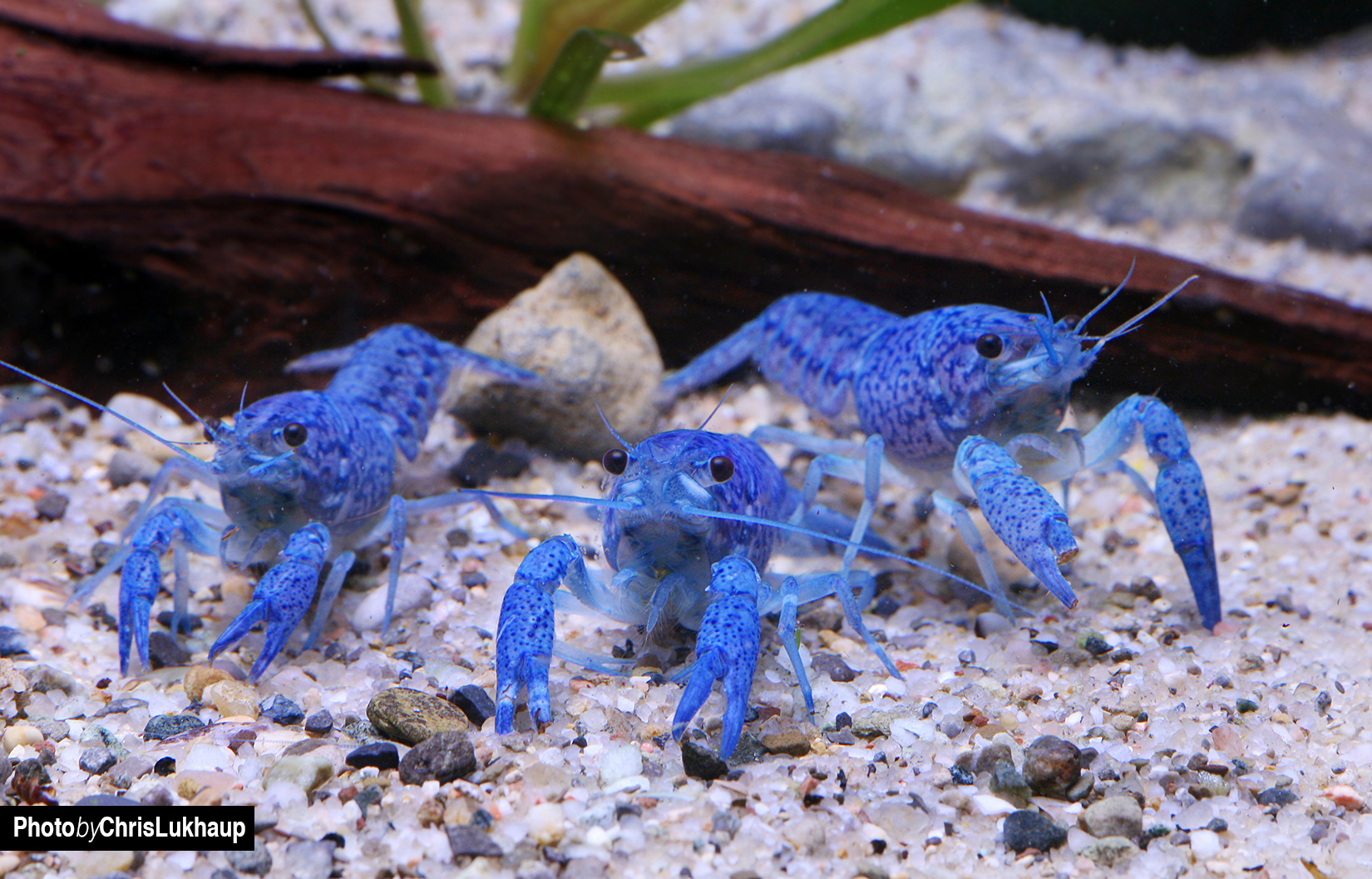 Aquarium crayfish such as Procambarus allenii should preferably be kept on passive substrates.
Aquarium crayfish such as Procambarus allenii should preferably be kept on passive substrates.
Active substrates - Soil substrate
Active substrates are also known as Soil. They are popular with soft water shrimp such as Bee Shrimp, Shadows/Taiwan Shrimp or Bumblebee Shrimp. Mostly they are dark brown to almost black, which gives the animals a pleasantly dark substrate and stimulates them to a more intense coloration. However, light-colored soils are also occasionally available. Active substrates influence the water values, especially by pushing the carbonate hardness down and thus bringing the pH into the acidic range
Soil and tap water?
They are only conditionally suitable for tap water. With hard water a Soil is exhausted on the one hand quite fast, because its absorption capacity is not endless, on the other hand the fluctuations with the water hardness, which arise with a water change with hard water in a Soilbecken, can bring shrimps in large problems. It is better to work with adapted water in a brine tank, i.e. to adjust osmosis or deionized water with a suitable hardening salt immediately to the optimal values for the shrimp being kept and to use the brine "only" as a buffer. This is an almost foolproof combination for bee shrimp and Taiwanese/Shadows.
Soil for shrimp / Soil for plants?
There are active soils for shrimp and active soils for plants. The latter are pre-fertilized and only conditionally suitable in shrimp tanks. They also need a long run-in period of several weeks, during which water must be changed more frequently.
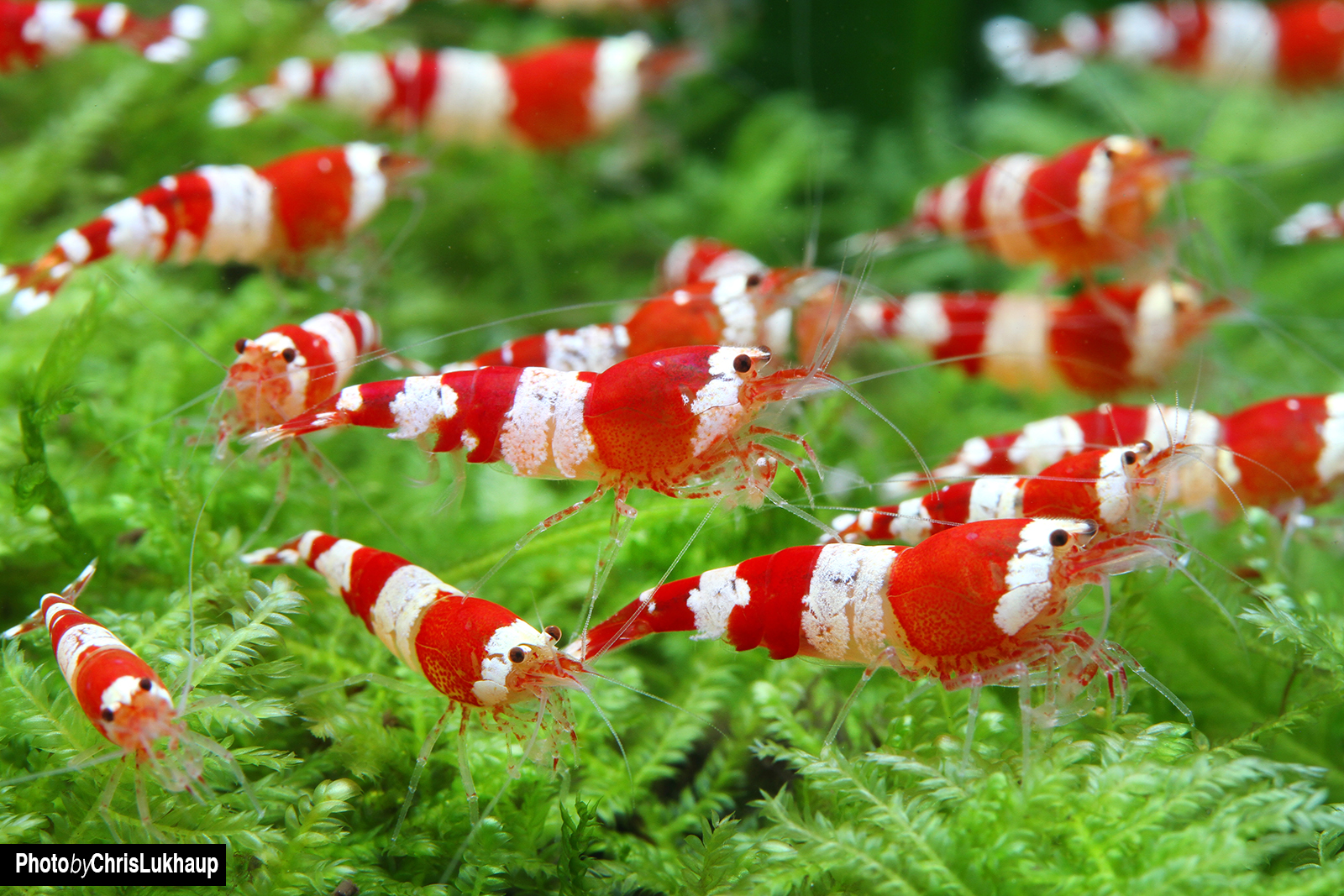 "Soft water shrimp" such as Red Bee shrimp - Caridina logemanii are excellent for keeping on Soil.
"Soft water shrimp" such as Red Bee shrimp - Caridina logemanii are excellent for keeping on Soil.
Passive substrates - natural gravel, sand, colored gravel
The so-called passive substrates do not change the water values and are therefore especially suitable for the somewhat more robust representatives of shrimp or for those that require special water.
The requirements of the shrimps should be considered
Sulawesi shrimps, for example, would simply die on Soil, because they require completely different water values. The members of the Neocaridina genus (Red Fire, Sakura, Yellow Fire, Blue Velvet, White Pearl, Green Jade and all the others) like their water a little harder. An active Soil brings the water into a rather unfavorable range for them.
Which soils have no influence on the water values?
Passive soils are for example plain natural gravel or sand, but also colored gravel is one of them. If you like it colorful in the aquarium, you must make sure that the gravel is suitable for shrimp. Unsuitable gravel is coated with plastic, which may outgas toxic substances for shrimps. In contrast, gravel that is safe for shrimp (for example, from the Dennerle company) has the colored pigments covered with resin, which itself is not water-soluble and does not contain any water-soluble substances. Especially if you want a black, water-neutral substrate, you cannot avoid this so-called shrimp gravel or sand. Although there is still a so-called noble basalt available in the trade, which is more or less black, unfortunately it is very often blast furnace slag, which can have extremely unpleasant consequences for the aquarium inhabitants and is therefore not recommended. Real basalt, on the other hand, is only dark gray, not black, and can easily harden soft water. You can design your aquarium very nicely with colored gravel suitable for shrimp, but great effects can also be achieved with natural colors.
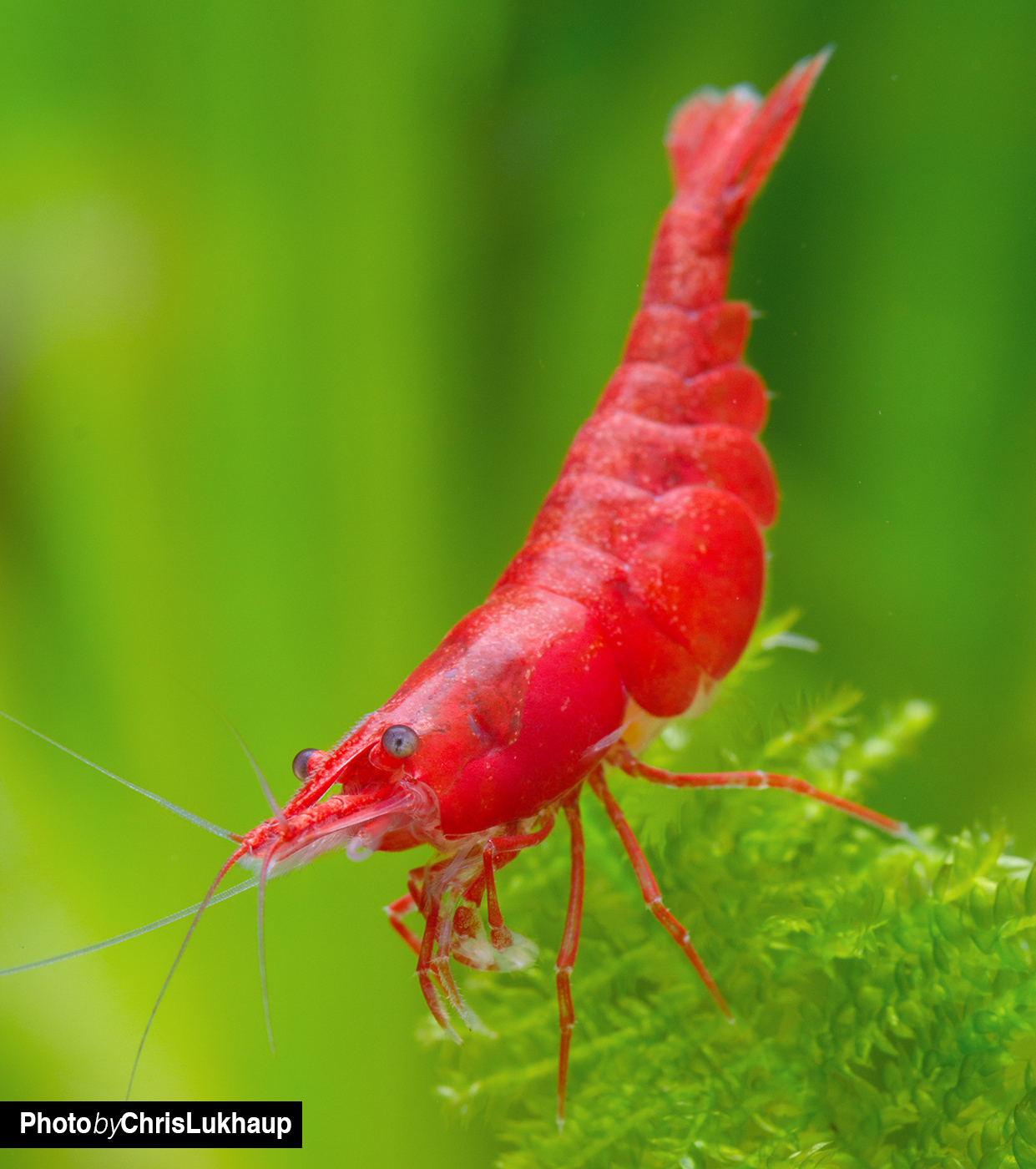 "Hard water shrimp" like the Sakura shrimp Neocaridina davidii should be kept on passive substrates
"Hard water shrimp" like the Sakura shrimp Neocaridina davidii should be kept on passive substrates

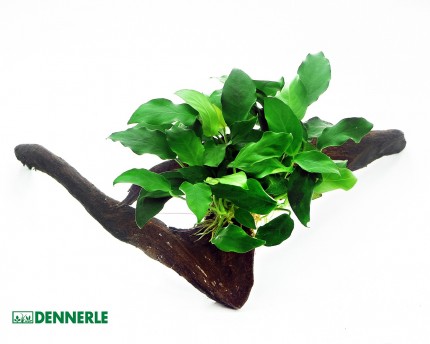
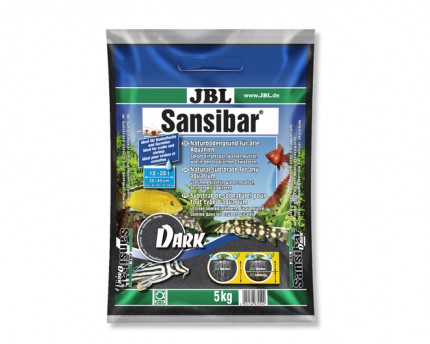
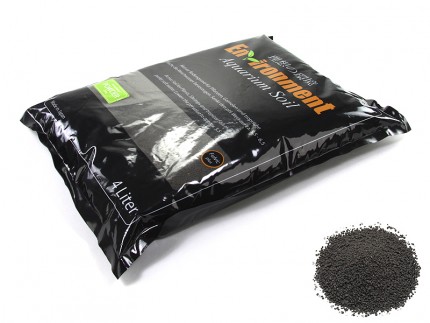
Puhhh...
... alles richtig gemacht! ;-) Sehr guter, sehr informativer Beitrag. Danke!
und was ist...
... wenn ich gern "hartwassergarnelen" halten möchte und pflanzen?